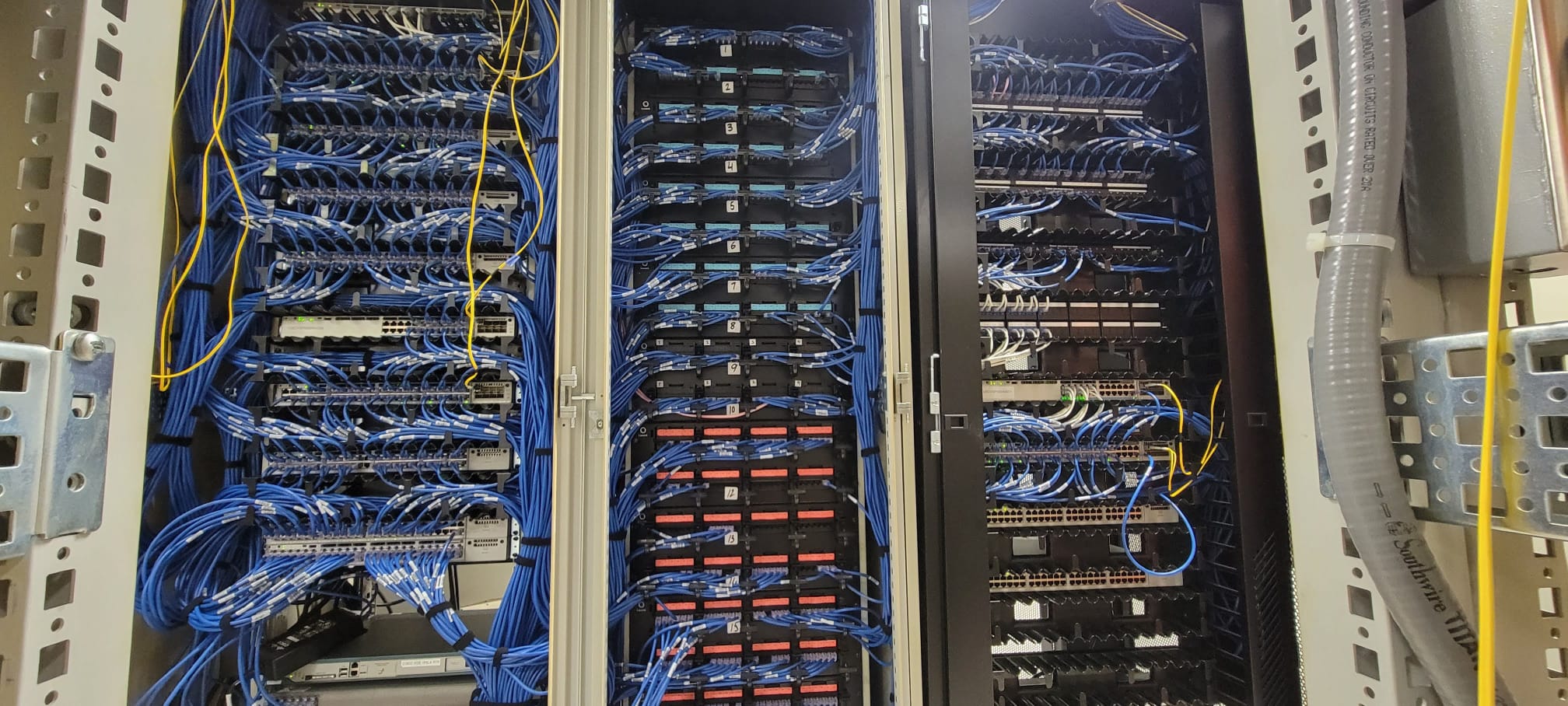How Network Cabling Enhances Business Efficiency and Productivity
Network cabling is a critical component of a modern communication infrastructure, providing the physical connections needed for devices to communicate and share data. It involves the use of various types of cables to establish a network that can transmit information quickly and reliably. Whether for a small office or a large enterprise, network cable installation in Cincinnati, OH plays a vital role in ensuring smooth and efficient operations.
Different Types of Network Cabling
There are several types of network cabling, each serving different purposes based on the specific requirements of the network. The most common types include:
Twisted Pair Cable:
This is the most widely used type of cabling for local area networks (LANs). Twisted pair cables consist of pairs of wires twisted together to reduce electromagnetic interference. They are available in two varieties: Unshielded Twisted Pair (UTP) and Shielded Twisted Pair (STP). UTP is commonly used for Ethernet connections, while STP provides extra shielding for improved performance in noisy environments.
Coaxial Cable:
Often used for cable television and older networking systems, coaxial cable consists of a central conductor surrounded by insulation, shielding, and an outer layer. While it is less common in new installations, it still has applications in certain environments.
Fiber Optic Cable:
This type of cable uses light to transmit data, providing higher speeds and greater bandwidth compared to copper cables. Data cabling in Lexington, KY often includes fiber optic solutions for businesses needing high-speed, long-distance connectivity. Fiber optic cables are ideal for data centers and large organizations due to their resistance to electromagnetic interference.

The Role of Network Cabling in a Business
In any business, network cabling serves as the backbone of the communication system. It connects computers, servers, printers, and other devices, enabling them to share information and resources efficiently. A well-designed commercial data network installation in Cincinnati, OH supports various applications, including internet access, email communication, VoIP telephony, and video conferencing. This connectivity is essential for seamless collaboration among employees, leading to increased productivity and improved business operations.
Benefits of Using Network Cabling
Investing in data cable installation in Indianapolis, IN offers numerous advantages for businesses:
Reliability: Wired connections are generally more stable than wireless alternatives, reducing the risk of interruptions in service and ensuring consistent connectivity.
Speed: Network cabling can provide faster data transfer rates, which is crucial for applications that require high bandwidth, such as video conferencing and large file transfers.
Scalability: A structured cabling system allows for easy expansion as your business grows. Additional cables can be added without disrupting existing infrastructure, enabling a flexible approach to network management.
Security: Wired networks are typically more secure than wireless ones, as they are less susceptible to unauthorized access and eavesdropping. This is particularly important for businesses that handle sensitive data.
Choose Smartech for Structural Cable Installation
Searching online for structural cable installation in Cincinnati, OH? Contact Smartech. We specialize in delivering high-quality ethernet cable installation in Louisville, KY, and other network cabling solutions designed to meet the unique needs of your business. Our experienced technicians use the latest techniques and best practices to install cabling systems that are both efficient and effective.
Call today for Network Cable Installation
If you’re ready to enhance your business’s connectivity and communication, contact Smartech today for a consultation. Whether you need data cabling in Lexington, KY, or network cable installation in Cincinnati, OH, we have the expertise to design and install a system that meets your needs and supports your growth!